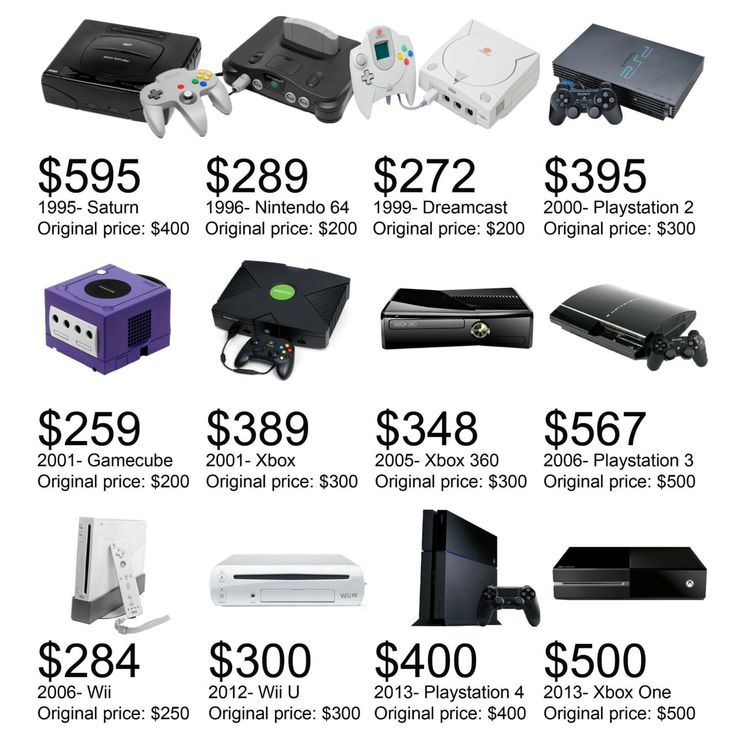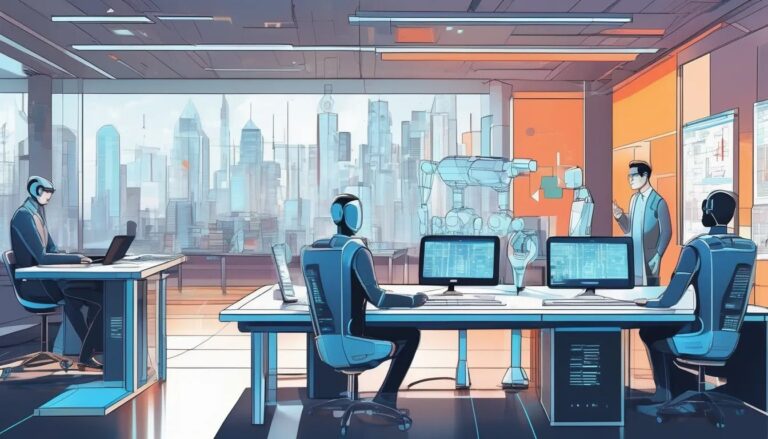
For decades, gamers have anticipated price cuts and sleeker versions of their favorite consoles as technology advanced. However, recent trends indicate a shift in this pattern. The slowdown in semiconductor advancements is altering the traditional economics of console manufacturing, leading to fewer price reductions and extended hardware lifespans.
The Historical Context: Moore’s Law and Console Evolution
Moore’s Law, the observation that the number of transistors on a microchip doubles approximately every two years, has historically driven rapid improvements in computing power and reductions in cost. This principle enabled console manufacturers to release more powerful and affordable versions of their hardware regularly.
For instance, the PlayStation 3 underwent several iterations, each benefiting from smaller chip sizes and reduced production costs, allowing Sony to lower prices over time.
The Current Landscape: Slowing Semiconductor Progress

Recent reports highlight a deceleration in semiconductor innovation. Advancements in chip manufacturing are becoming more complex and expensive, leading to diminished returns in performance improvements and cost savings. This slowdown affects the ability of console makers to reduce prices or release significantly upgraded models within short timeframes.
Implications for Console Pricing and Consumer Expectations
The deceleration in chip advancements has several consequences:
- Fewer Price Cuts: Without significant reductions in production costs, manufacturers have less flexibility to lower retail prices.
- Extended Hardware Cycles: Consoles may remain on the market longer without major upgrades, as the incentive to release new models diminishes.
- Consumer Disappointment: Gamers accustomed to regular price drops and hardware improvements may find the current pace of change unsatisfying.
Industry Adaptations and Future Outlook
In response to these challenges, console manufacturers might explore alternative strategies:
- Software Optimization: Enhancing game performance through software improvements rather than relying solely on hardware upgrades.
- Cloud Gaming: Shifting focus to cloud-based gaming services, reducing dependence on local hardware capabilities.
- Diversified Revenue Streams: Exploring subscription models and digital content sales to offset hardware-related revenue constraints.
While the pace of hardware innovation may have slowed, these adaptations could redefine the gaming experience and industry economics.
The slowdown in semiconductor advancements marks a significant shift in the gaming industry’s trajectory. As traditional patterns of console pricing and upgrades evolve, both manufacturers and consumers must adjust their expectations and strategies. Embracing new technologies and business models may pave the way for sustained growth and innovation in this changing landscape.







The website design looks great—clean, user-friendly, and visually appealing! It definitely has the potential to attract more visitors. Maybe adding even more engaging content (like interactive posts, videos, or expert insights) could take it to the next level. Keep up the good work!